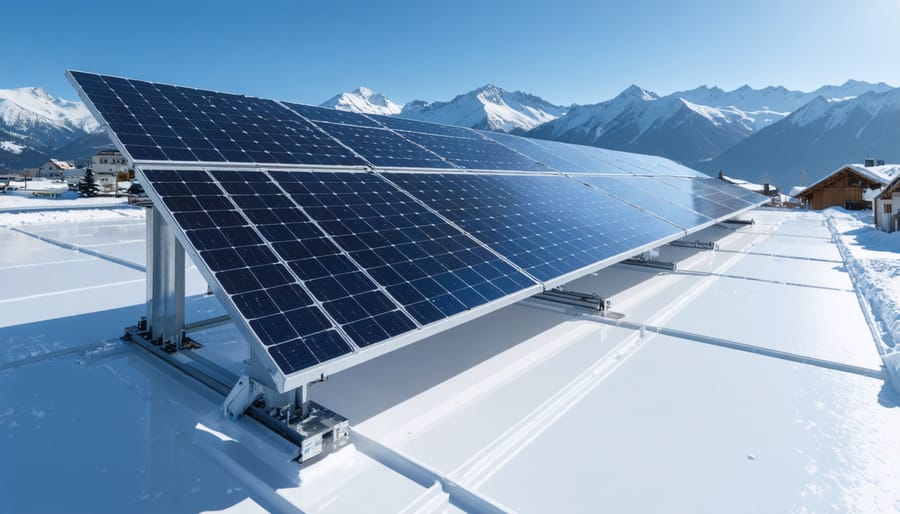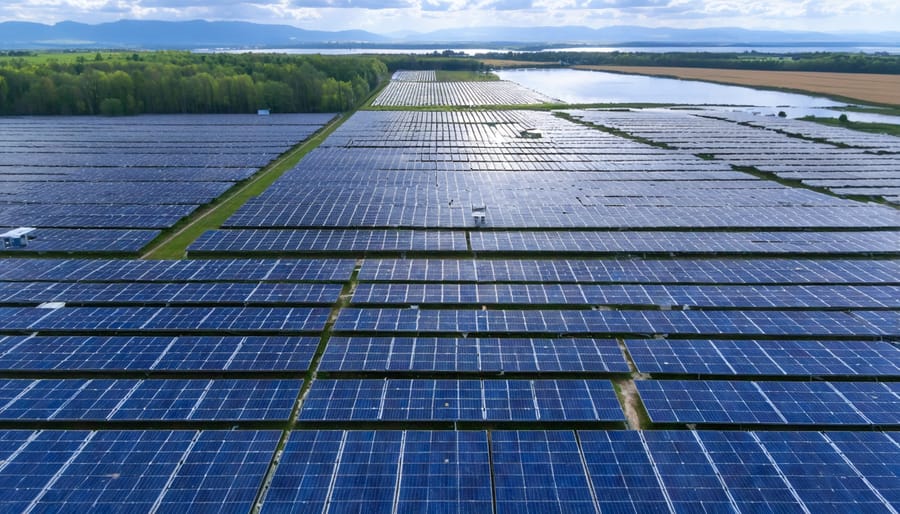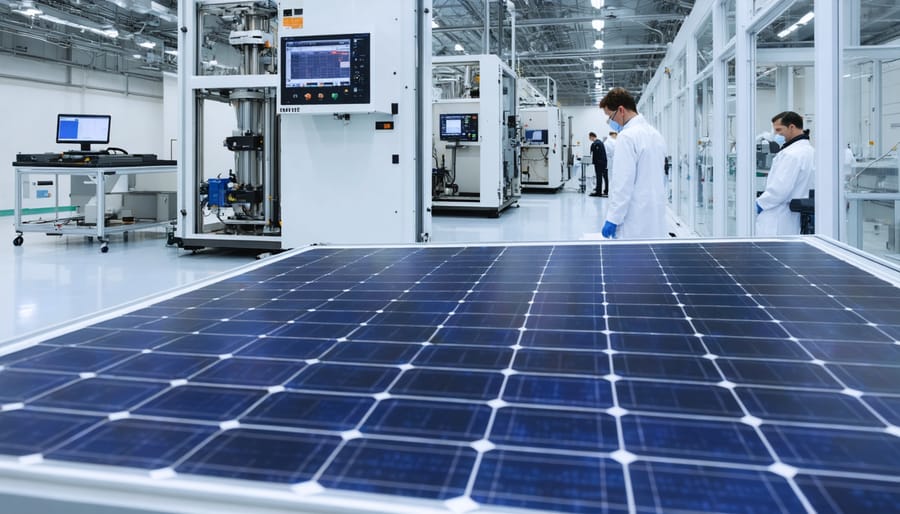Transform your solar installation’s performance with breakthrough solar panel coatings that leverage advanced ceramic technology. This innovative surface treatment, developed through rigorous European research, delivers up to 15% increased energy yield while extending panel lifespan by protecting against environmental degradation. Ceramic coating represents a significant leap forward in photovoltaic efficiency, combining nano-scale engineering with sustainable materials to enhance light absorption and reduce surface …
Ceramic Coating: The Game-Changer Making Solar Panels 25% More Efficient









